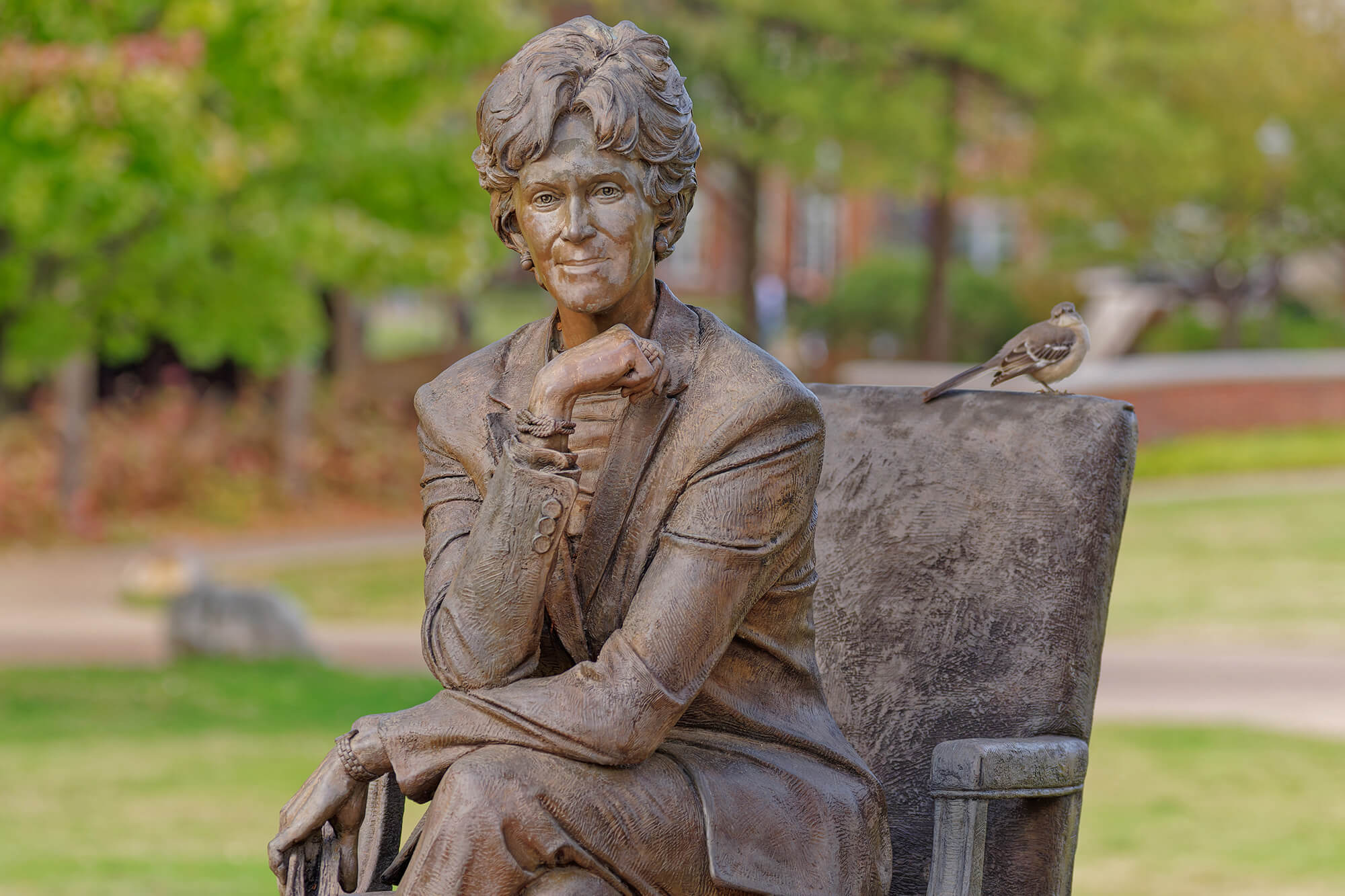The Central University of the Methodist Episcopal Church, South—what Vanderbilt University was briefly called at its start—began with a Chancery Court decree in August 1872. The original university charter called for bishops of the Methodist Church to act as its board of supervisors and govern jointly with a Board of Trust comprised mainly of church delegates. Judge Edward A. East was elected as the first president of that board.
With this, the university was officially organized; all that was needed were sufficient funds to open its doors and realize its desired objectives. Enter wealthy industrialist Cornelius Vanderbilt, whose $1 million donation secured by Methodist Bishop Holland McTyeire was accepted by the board with great enthusiasm.
A second decree in June 1873, to modify the university’s charter according to Cornelius Vanderbilt’s terms, legally changed the name of the institution to Vanderbilt University. In addition, the amendment increased the status and power of the Board of Trust, as there was no mention of the board of supervisors (the church bishops) when stating governance terms. A shrewd businessman, the Commodore placed some conditions on his donation, including the election of McTyeire as president of the board with the power to veto board actions. In effect, the first board chair had the power to personally choose the site, architect, books and scientific equipment, and he spearheaded the recruitment of faculty to open the new Vanderbilt University in just 30 months. McTyeire even personally planted campus trees, setting a high bar for future trustees’ commitment to developing the university.
The actions of the early Board of Trust foretell the story of the university. The duty of stewarding a fledgling post-Civil War Southern school with about 300 students and an endowment of $600,000 in 1875 into a present-day globally renowned academic and research powerhouse of 14,000 students and an endowment of more than $10 billion was—and remains—the responsibility of the board. Vanderbilt trustees have ranged from the great-nephew of a legendary moonshiner to a Nobel laureate in chemistry, all entrusted with the legal, financial and functional continuity of the institution.
One of the first significant actions in the 150-year history of the board was the complete and bitter separation of the university from the Methodist Episcopal Church, South in 1914. The Tennessee Supreme Court denied the bishops’ lawsuit against Vanderbilt concerning the church’s right to elect trustees, and the Vanderbilt Board of Trust declared its independence.
Whiteford R. Cole, who served as chair of the board from 1915 until his death in 1934, and Chancellor James H. Kirkland, who led the university from 1893 until his retirement in 1937, are the longest-serving chair and chancellor in the university’s history. The two led Vanderbilt through the separation from the Methodist Church, World War I, the 1917 flu pandemic and the Great Depression. They also led a 1916 capital campaign to raise $1 million, considered a significant success at the time.
The Board of Trust also saw its own membership slowly diversify as the university’s student body integrated in the mid-20th century. The board admitted the first Black student, Joseph A. Johnson, in 1952 to the Divinity School, followed by the trustees’ approval of a formal open admissions policy for all schools in 1963. This was preceded in 1960 by a controversy known as the Lawson Affair that had profound, long-term effects on communication among the board, faculty and administration as well as on Vanderbilt’s commitment to racial equality.
Though it was a challenging time in board history, the controversy may have expedited initiatives supporting open admissions and diversity. Mary Jane Werthan (VU1929) was elected the first woman trustee in 1963, and the first Black trustee, Walter R. Murray (VU1970), was elected in 1970. Murray was a Young Alumni Trustee—a recently graduated Vanderbilt student elected as a trustee with full voting privileges—a program that was instituted by the board in 1968 and was the first of its kind in the nation. As of January 2023, 56 Young Alumni Trustees have been elected to the board, women now comprise 27 percent of board membership and 24 percent of trustees are people of color.
Major initiatives advanced by the board more recently include the $100 million Academic Venture Capital Fund (2001–06) to support faculty research, development and funding for residential colleges to enhance the undergraduate student experience. In 2009, despite a national recession, the board also approved Opportunity Vanderbilt, which replaced student loans with grants and scholarships in conjunction with a need-blind admissions process. This nationally renowned financial aid program has benefitted more than 10,000 students and distributed more than $1 billion.
The legal and financial separation of the university and Vanderbilt University Medical Center by the board in 2016 was one of the most impactful structural and financial transactions in the university’s history. The board also rose to the unprecedented challenges posed by the COVID-19 pandemic in 2020–22, supporting senior administrators in keeping the university open, safe and financially strong. As the university celebrates its Sesquicentennial in 2023, the board is launching Dare to Grow, a $3.2 billion fundraising campaign, to further strengthen the university’s ambitious future.
Trustees who are ending terms on the board traditionally are gifted a hand-turned acorn, drawn from the Vanderbilt family crest and made from campus oak—perhaps that of the very trees planted by McTyeire some 150 years ago. The oak tree symbolizes strength and steadfastness, traits that have described the Vanderbilt Board of Trust since 1873 and which, by all accounts, remain intact as the university looks toward the next 150 years.
